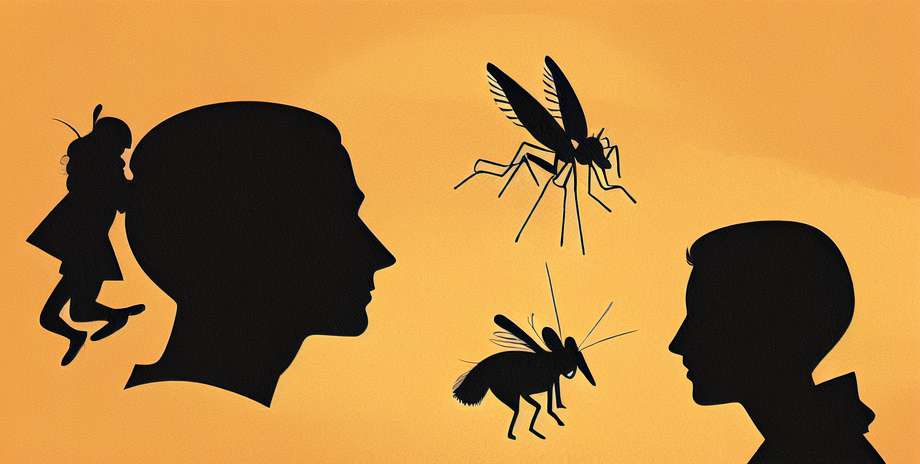Free yourself from stress!
May 2024

The World Health Organization (WHO) has defined them as those infectious diseases that proliferate in impoverished environments, especially in the hot and humid environments of tropical climates.
Most are parasitic diseases transmitted by the infected bite of mosquitoes, and flies. Others are spread by contaminated water and soil infested by worm eggs.
For some diseases, such as dengue, there is no treatment and only the prevention and control of the insect population can mitigate this serious public health problem that affects 127 countries of the world.
The World Health Organization (WHO) has established 14 tropical diseases (TS) in the world, although some such as malaria or malaria, have a greater impact on society. It has also divided neglected tropical diseases (NTDs) into two categories:
Diseases that can be treated by groups, such as soil-transmitted helminthiasis, lymphatic filariasis, onchocerciasis, schistosomiasis, dracunculiasis, zoonotic helminthiases, dengue and hemorrhagic dengue, rabies and yaws.
Unmanageable diseases that require specific treatment, for example leishmaniasis, human African trypanosomiasis, Chagas disease and Buruli ulcer.
Experts say that the reason to approach NTDs in this way is because, first of all, although their causes and effects are considered medically different, they all cause severe disability and life-long deficiencies.
Secondly, because "associated as they are with poverty, those ailments tend to overlap geographically. Appear together in areas where drinking water is unhealthy or too scarce for personal hygiene, poor sanitation, the precariousness of housing and insects carrying diseases are chronic problems, "says the WHO.
More than one billion people, that is, one sixth of the world's population suffers from at least one of these diseases that, unfortunately, are not a priority in the national health programs of many countries, even though they are a risk that remains latent.
The following figures contribute to raise awareness about those tropical diseases that, for some governments, are not priority and, therefore, poorly served, despite the fact that the number of people affected is very high.
This table prepared by the World Health Organization (WHO) exposes the contradictory situation of some neglected tropical diseases.
Soil transmitted helminthiases affect more than one billion people in the world. Schistosomiasis is suffered by more than 200 million human beings; of them, 20 million have serious sequelae,
Lymphatic filariasis has infected about 120 million people and is the second cause of disability in the world. Trachoma causing blindness, besides being the main infectious cause of blindness in the world, affects 80 million people, which 6 million have lost their sight,
Onchocerciasis: 37 million people suffer from it, the majority in Africa. In addition to causing serious skin problems, visual impairment and blindness, onchocerciasis can shorten the life expectancy of infected people by up to 15 years.
Chagas Disease: an estimated 13 million people are infected, mainly in Latin America. Recently, there have been outbreaks in countries where it was eradicated and in others without a history of epidemics, so it is urgent to implement efficient control and surveillance measures. It is thought to be due to migrations, blood transfusions and congenital transfusion, as well as donated organs.
Leishmaniasis: more than 12 million people are infected in 88 African, Asian, European and American countries. The WHO estimates that there are 350 million people at risk of contracting it.
Despite efforts to eradicate these diseases, in some regions of the world there is still much to be done.